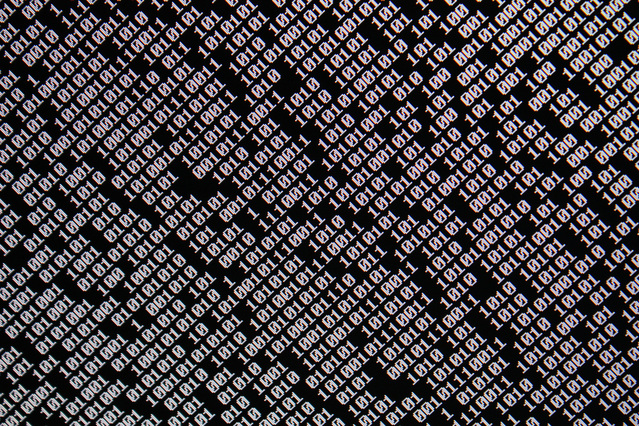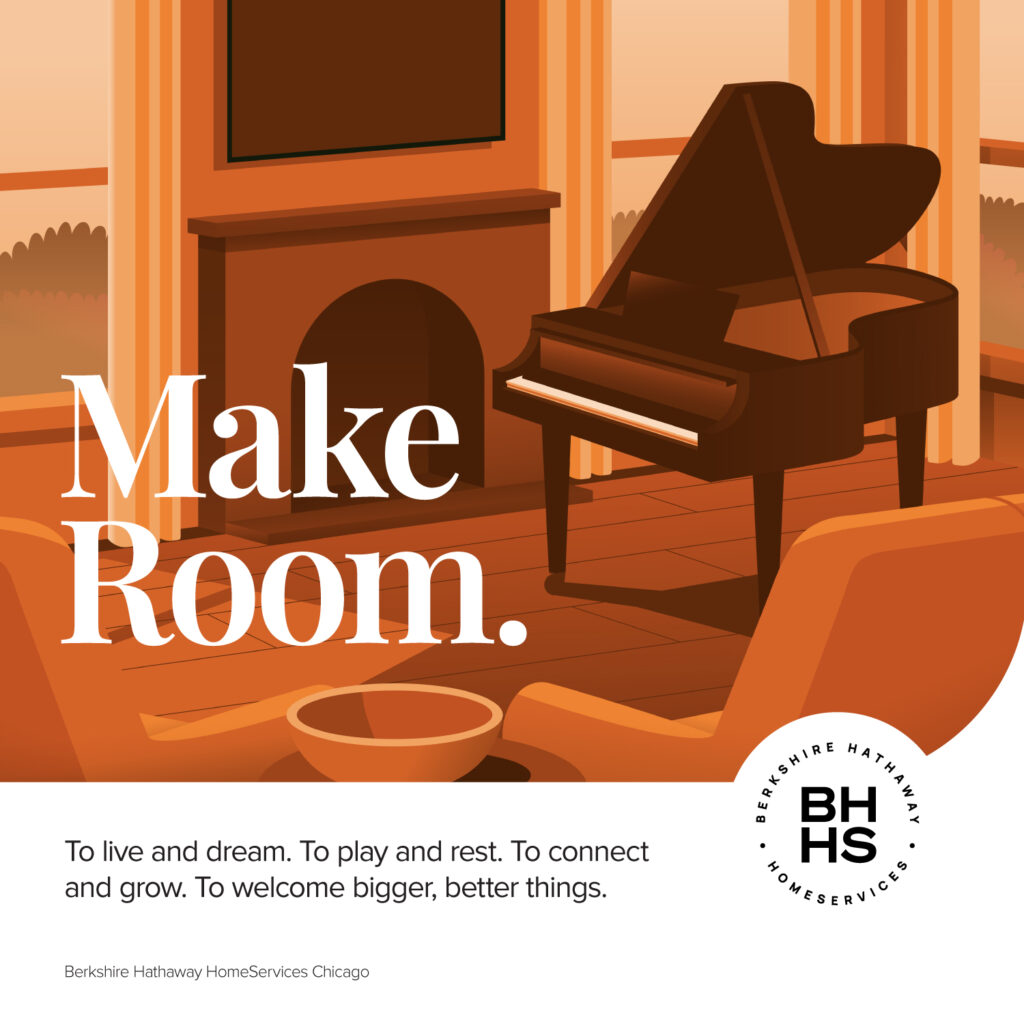The Contentious Debate

At Otherwise Incorporated we discuss content on a daily basis. Merging content and visual imagery in the most meaningful way is at the heart of what we do, but quite often discussions like this lead us to more abstract grounds, and lately we have mulled over content in the broader sense. We wondered: “What role does content have in today’s technologically driven society?”

As Western economies continue to demonstrate weakness, many suggest that governments should turn towards STEM education as a viable long-term economic solution. “STEM” stands for “science, technology, engineering and math,” and as the disciplines suggest, it prioritizes a vocational, practical learning, and attributes less importance to the traditional liberal arts curriculum. This has spurred many experts to voice their misgivings. This past March, in The Washington Post’s Opinion column Fareed Zakaria reasoned against STEM, and referring to the liberal arts education he wrote that “The United States has led the world in economic dynamism, innovation and entrepreneurship thanks to exactly the kind of teaching we are now told to defenestrate.”
We understand that this dilemma is an intricate one. It isn’t difficult to imagine how producing more engineers and scientists would help drive economies, but experience proves otherwise. Edmund S. Phelps wrote in The New York Review of Books this August that “Experts have urged greater education in STEM subjects… but when Europe created specialized universities in these subjects, no innovation was observed.” And last October Michael S. Roth, president of Wesleyan University went as far to say in the New Republic that “when industrial and civic leaders call for earlier and earlier specialization, they are putting us on a path that will make Americans even less capable citizens and less able to adjust to changes in the world of work.”
We obviously need more engineers, but we clearly need to cultivate the values of our Western culture as well. Literature, performing and the visual arts have always been the fundamental channels of outlet for human creativity, and it is reasonable to assume that with a lean towards STEM education, innovation and creativity might actually suffer. While suggesting a viable solution is not an easy one, it stands clear that it has to lie somewhere in the middle. Steve Jobs’ remarks after the unveiling of iPad 2 in 2011 explain this necessary nexus of technology and the liberal arts very clearly:
“I’ve said this before, but thought it was worth repeating: It’s in Apple’s DNA that technology alone is not enough. That it’s technology married with liberal arts, married with the humanities, that yields us the result that makes our hearts sing.”
Here at Otherwise we come from varied backgrounds and disciplines, and we believe that having our roots in both technology and humanities is our gateway to innovative thinking and creativity, allowing us to constantly stretch in our strategic creative problem-solving and to adapt to the incessant change around us.









